Submitted by WA Contents
Foster + Partners wraps research facility with neurological brain-inspired screen in Jerusalem
Israel Architecture News - Aug 12, 2021 - 11:36 4087 views

Foster + Partners has completed a research facility for the scientific exploration of the brain at the heart of the Hebrew University of Jerusalem, Israel.
Named Edmond and Lily Safra Center for Brain Sciences, the new building is inspired by science and translates the neurological brain structure onto a cast aluminum screen wrapping the façade of the building.
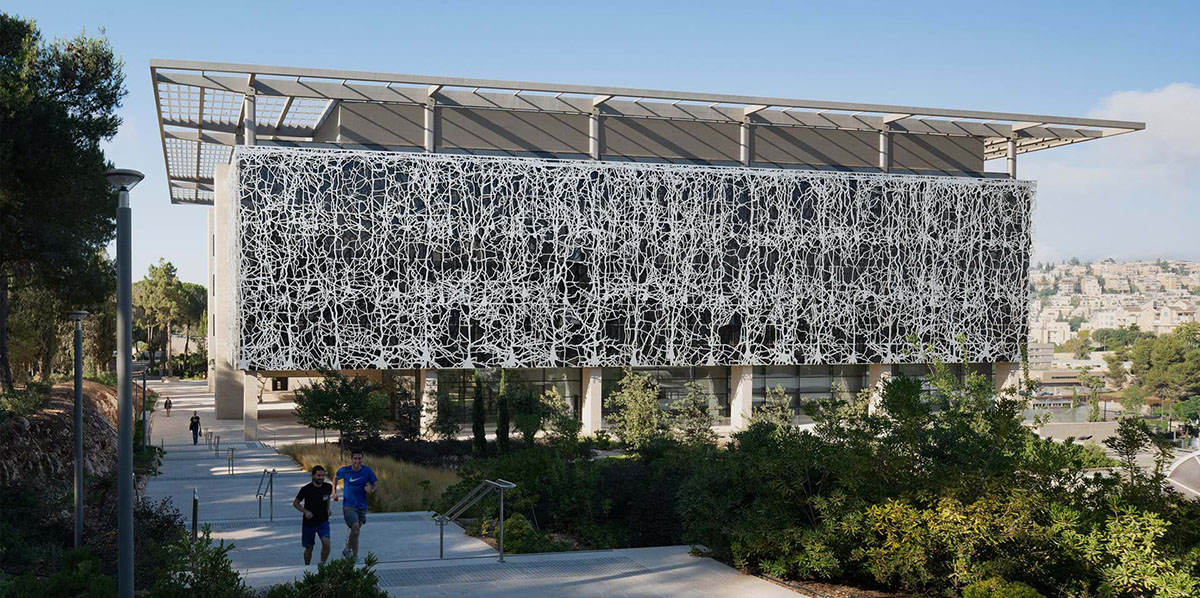
To create this non-repetitive representation on the façade, Foster + Partners takes cues from early 20th-century drawings by Spanish neuroscientist, Santiago Ramon y Cajal, illustrating the neurological brain structure.

Situated within the natural rugged setting of the campus, once the new tram link to the city center is opened, the building is aimed to act as a gateway to the university.
The new complex has dynamic social spaces and laboratory facilities that are designed to attract exceptional scientists, as well as to foster an interest in the center’s research activities within the wider community.
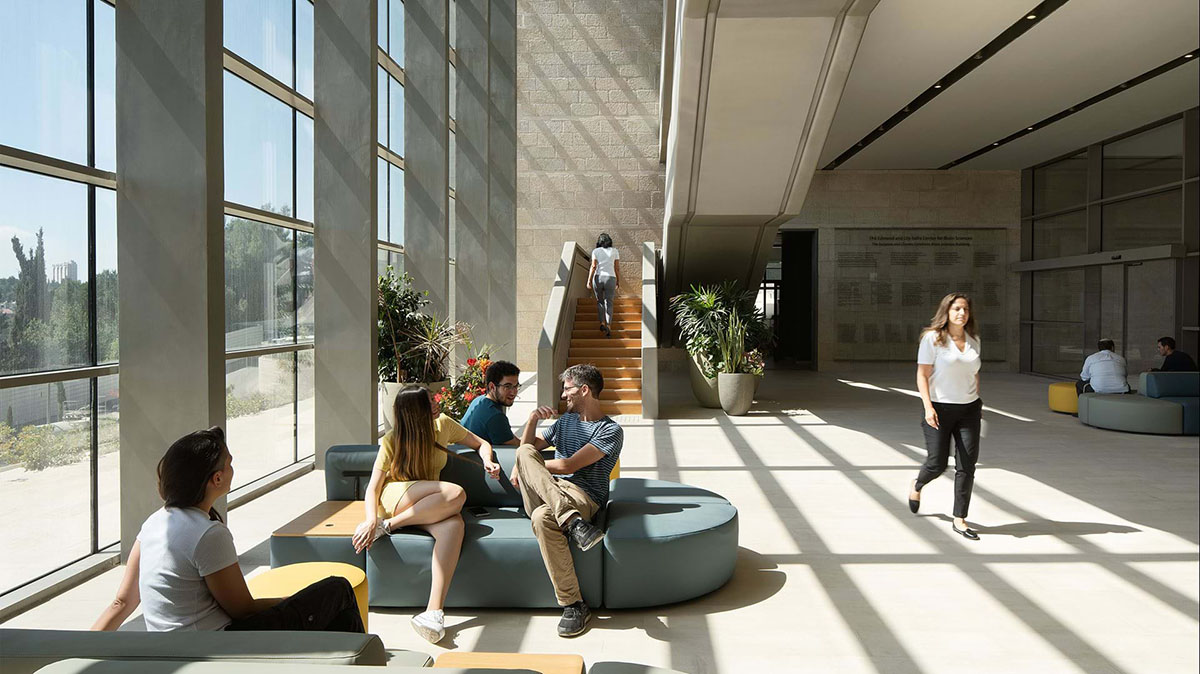
"Understanding the enigma of the brain is the most challenging endeavor of the 21st century and research in this area is vital to the quality of life for millions of people," said Spencer de Grey, Head of Design, Foster + Partners.
"This is one of the most innovative projects of its kind at an Israeli university, with several laboratory complexes that are highly flexible to anticipate and accommodate future change, arranged around an open central courtyard that is at the heart of the scheme."

The building is arranged as two parallel wings around this central courtyard. The upper levels house 28 highly flexible laboratories connected by social hubs, which are conceived to encourage informal interaction and the exchange of ideas between students and staff.
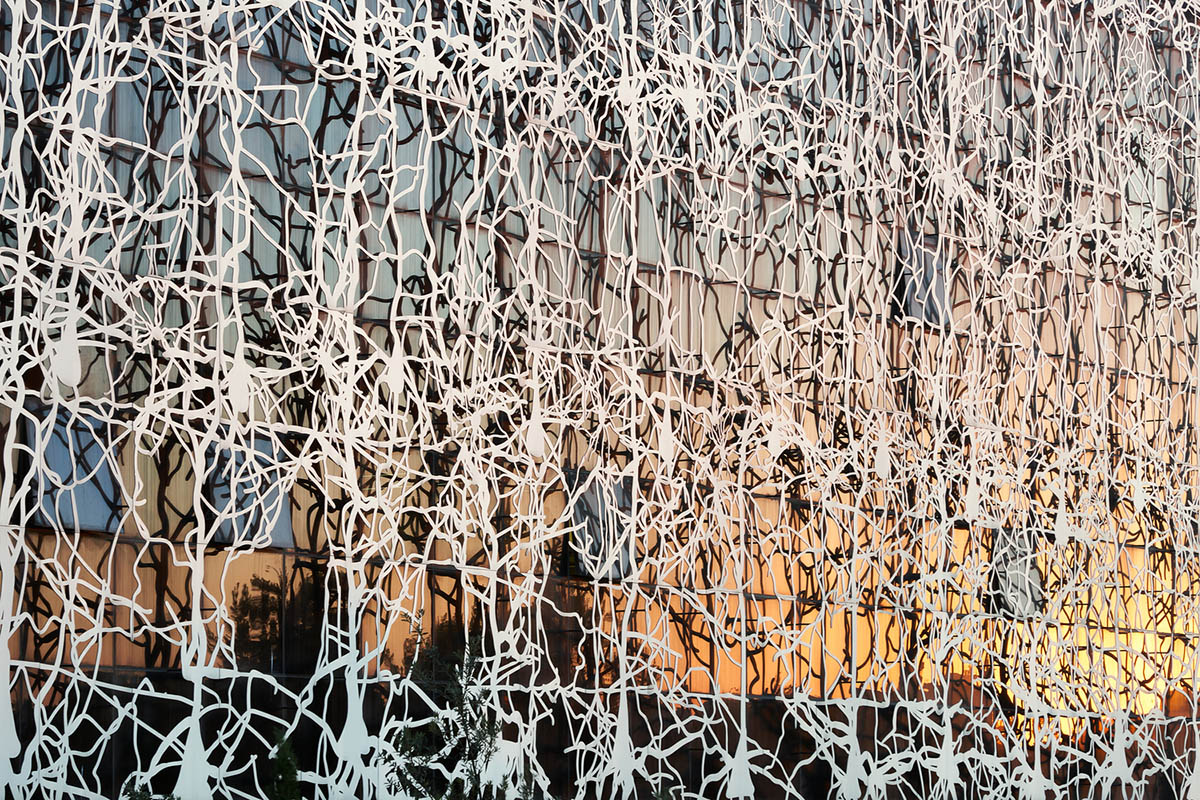
On the ground floor, the building offers teaching facilities, a 200-seat auditorium, a library, café and a publicly accessible gallery for the display of art related to the brain.
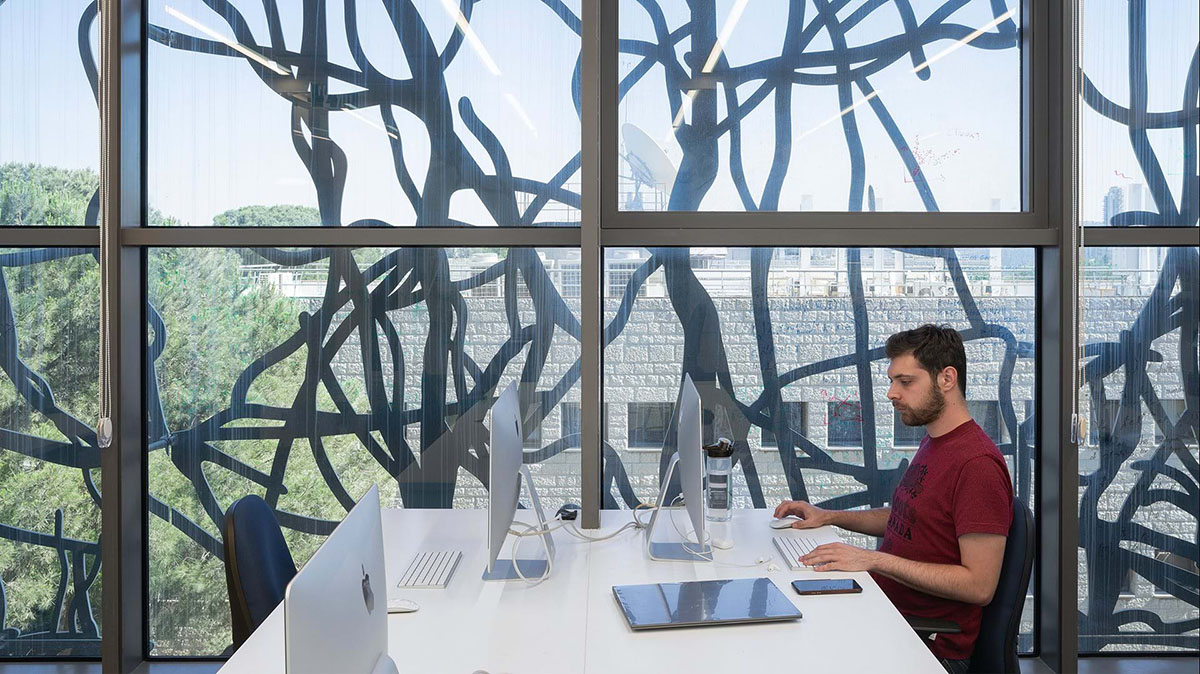
There is a courtyard at the heart of the scheme to unite these different functions, establishing new circulation routes through the campus and drawing the greenery of the surrounding landscape into the building.
"Planted with citrus trees and a man-made stream along its length, the courtyard forms a quiet, reflective space and a cool microclimate, which can be further mediated by a retractable ETFE roof," said Foster + Partners.
"The project has a progressive social agenda that has been applied at an urban scale, creating a center for research and learning that is truly inclusive," said Darron Haylock, Partner, Foster + Partners.
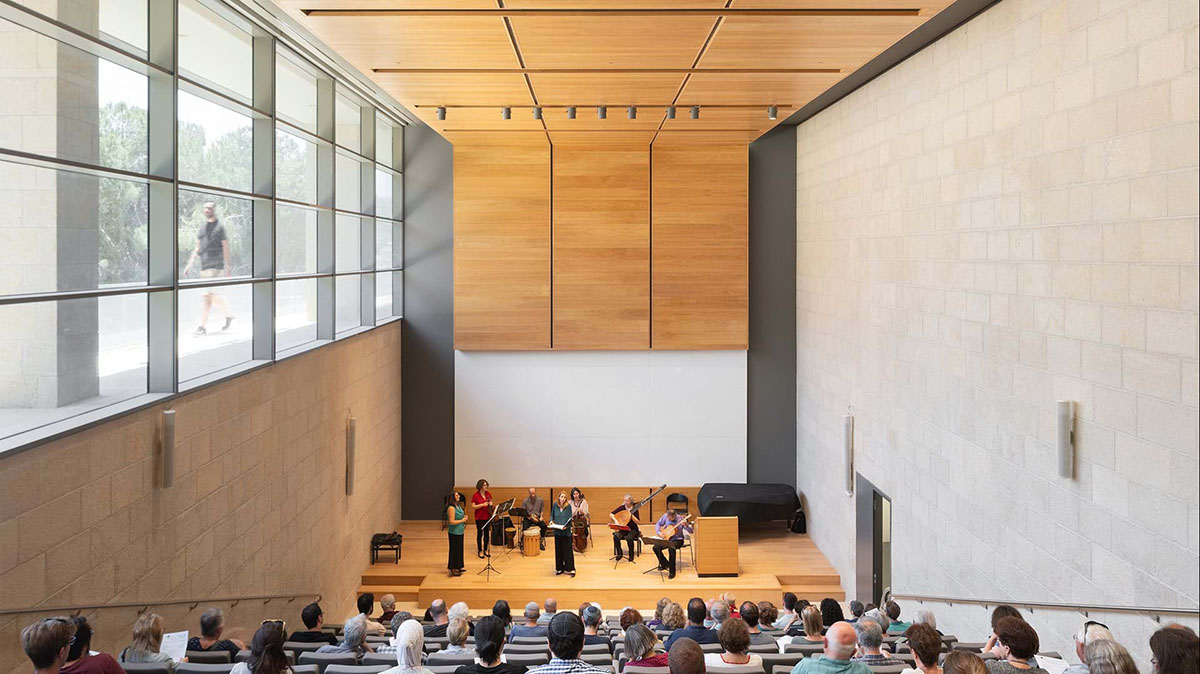
"The new building is located just off the main pedestrian spine of the University and its façade invites exploration, drawing people inside to learn about the research activities," Haylock added.
"In the context of the ongoing Covid-19 pandemic, the building anticipated the importance of health and wellbeing with a design that is underpinned by the principles of biophilia," added the firm.
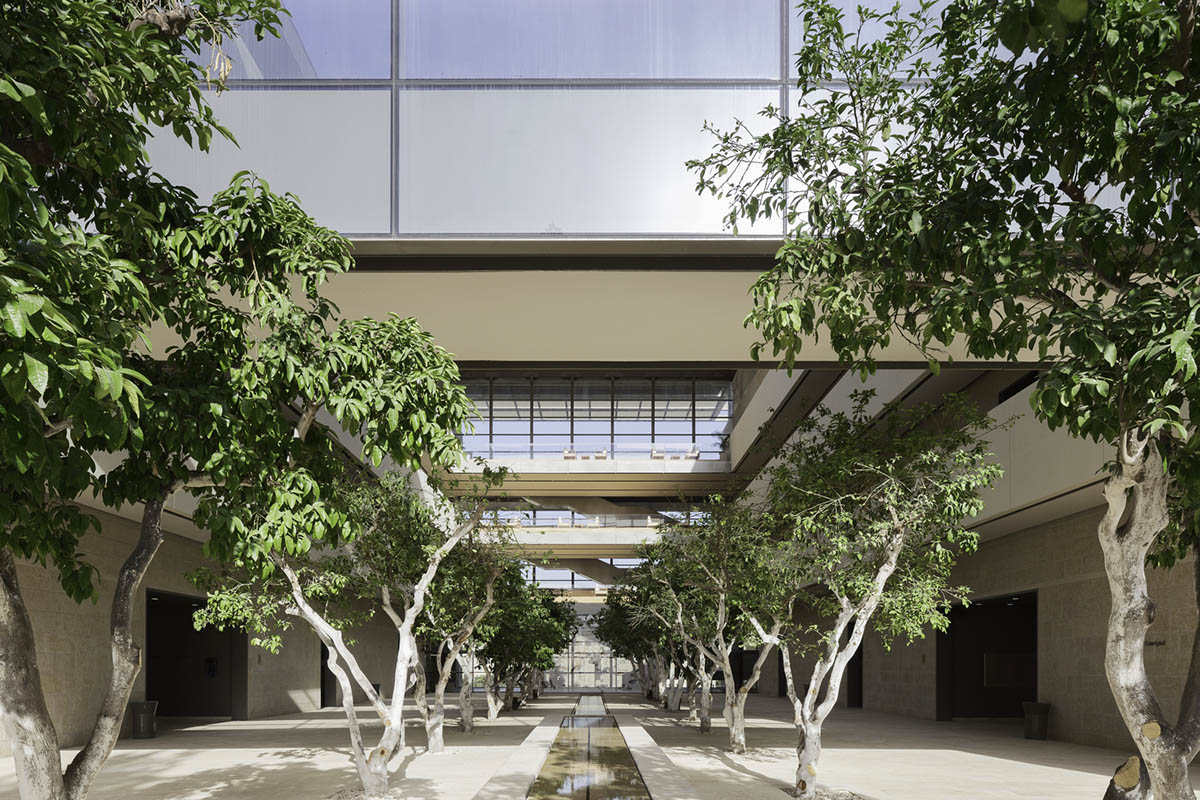
The central courtyard, open balconies and circulation are carefully integrated to a healthy research campus. The firm implemented passive climate techniques based on the center’s progressive environmental strategy to naturally reduce energy use.

The architects used local materials, such as Jerusalem stone, wherever possible, and the building is orientated east-west to reduce solar gain.
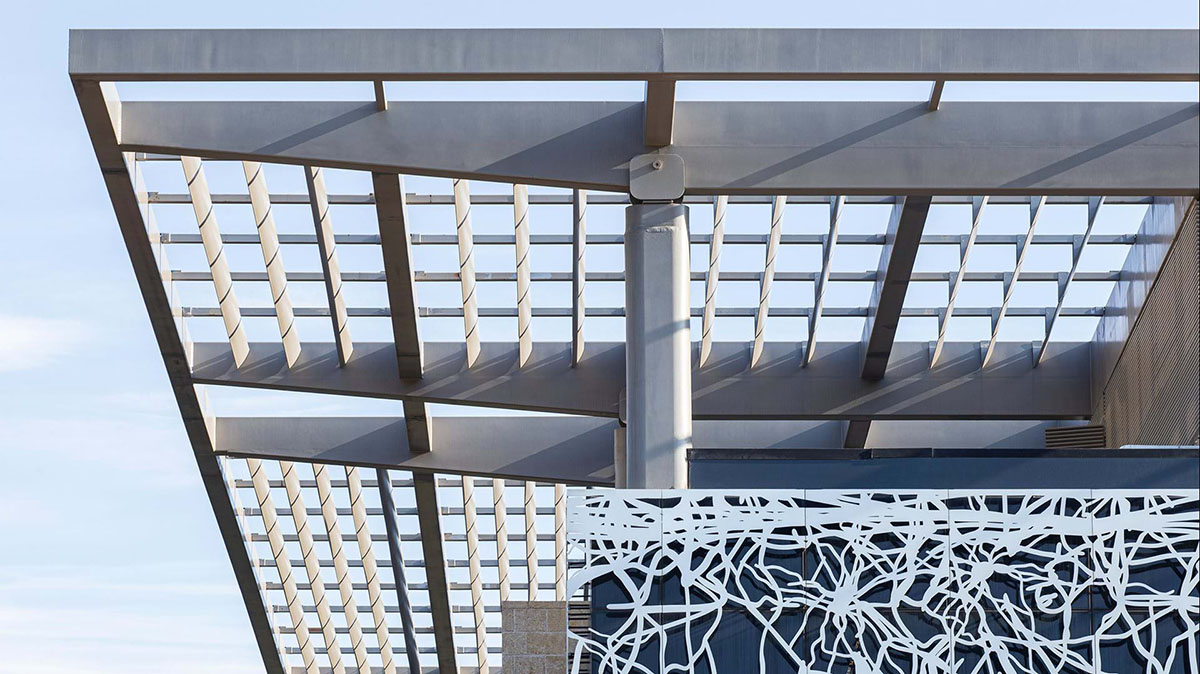

The upper three levels are clad in cast aluminum screen laid out in a non-repetitive representation inspired by the early twentieth century drawings by Spanish neuroscientist, Santiago Ramon y Cajal.
Further passive cooling of the building is provided by translucent ETFE canopies to the west and east, which form distinctive markers for the main entrances.
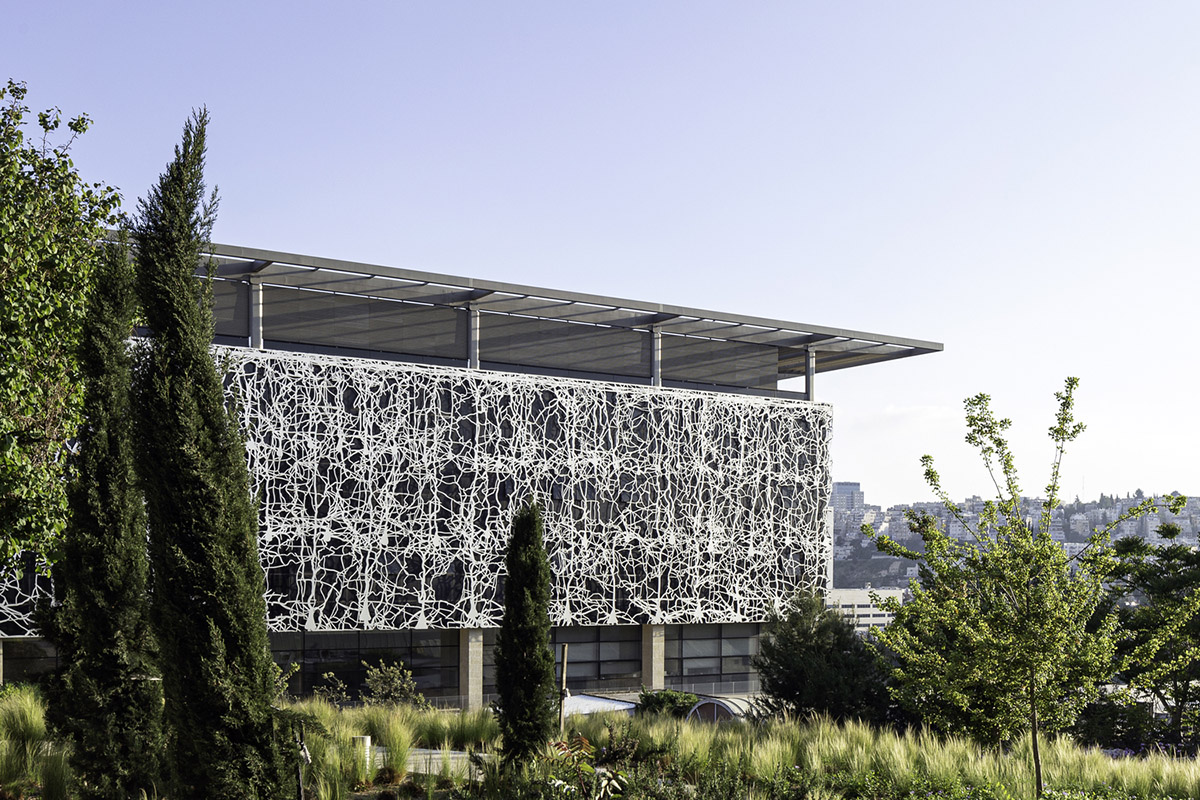
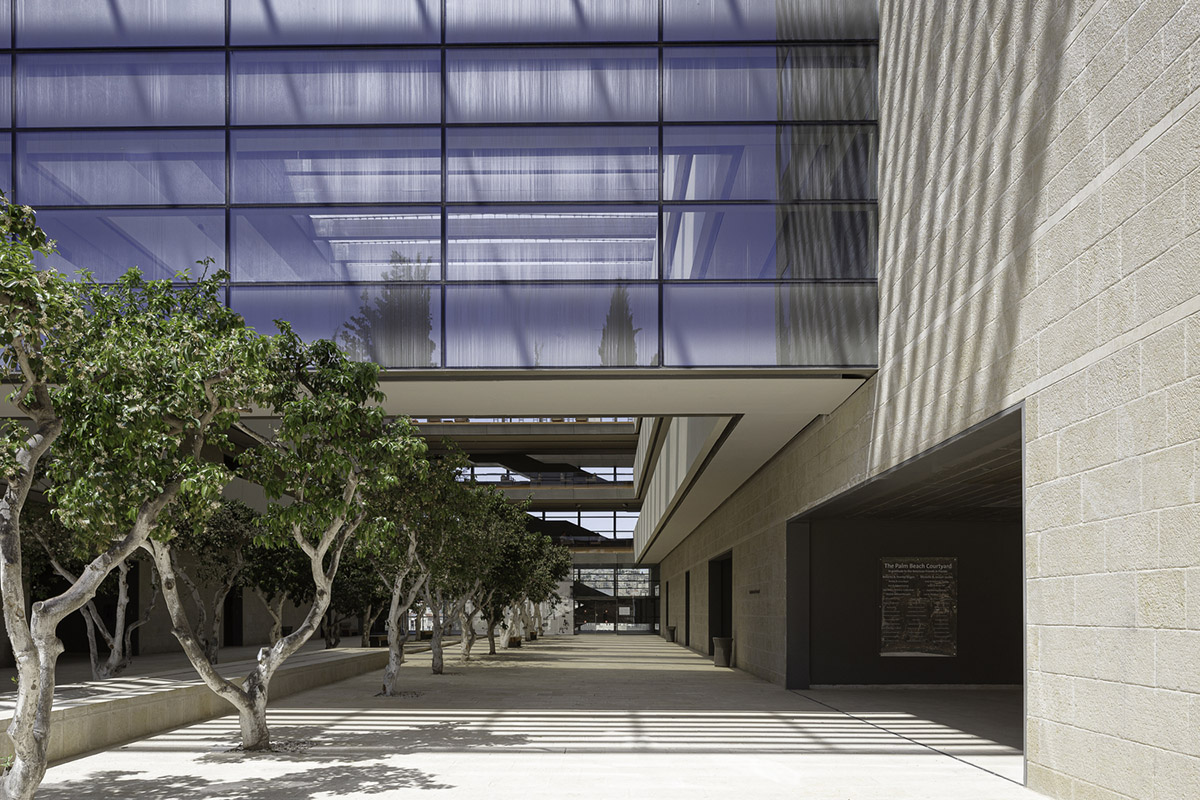
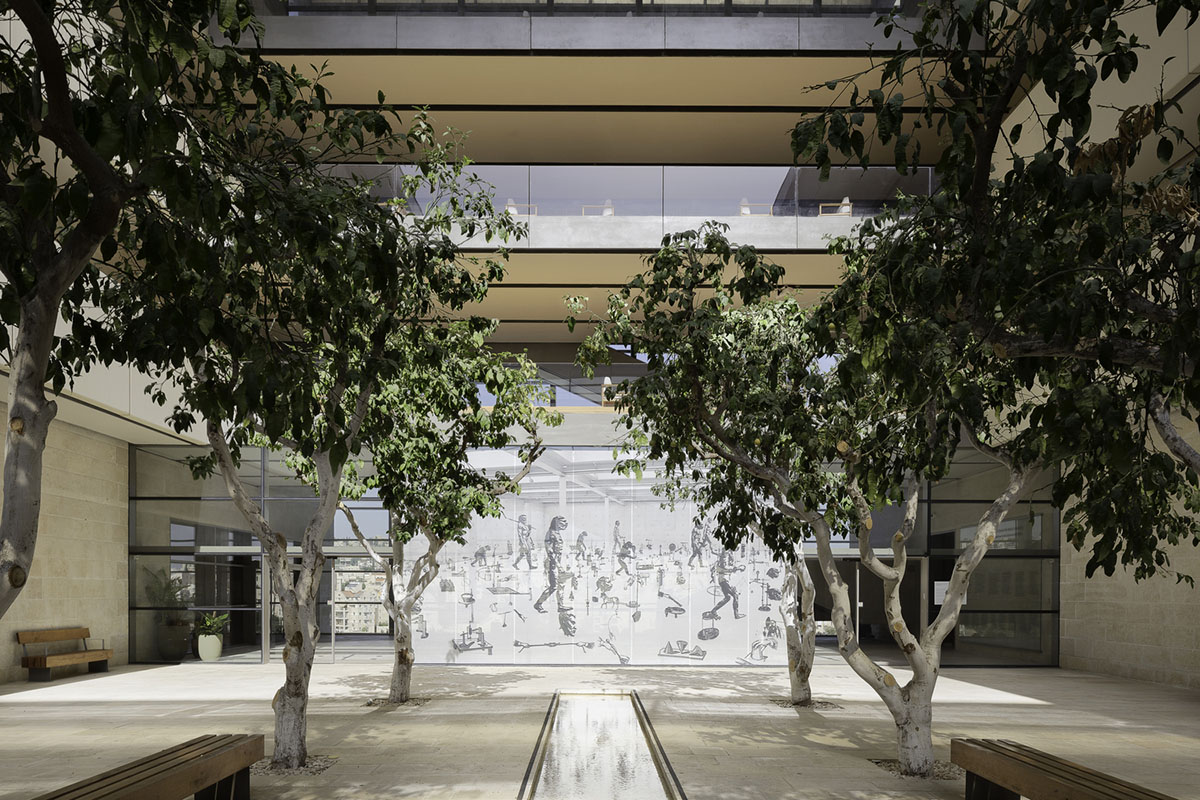


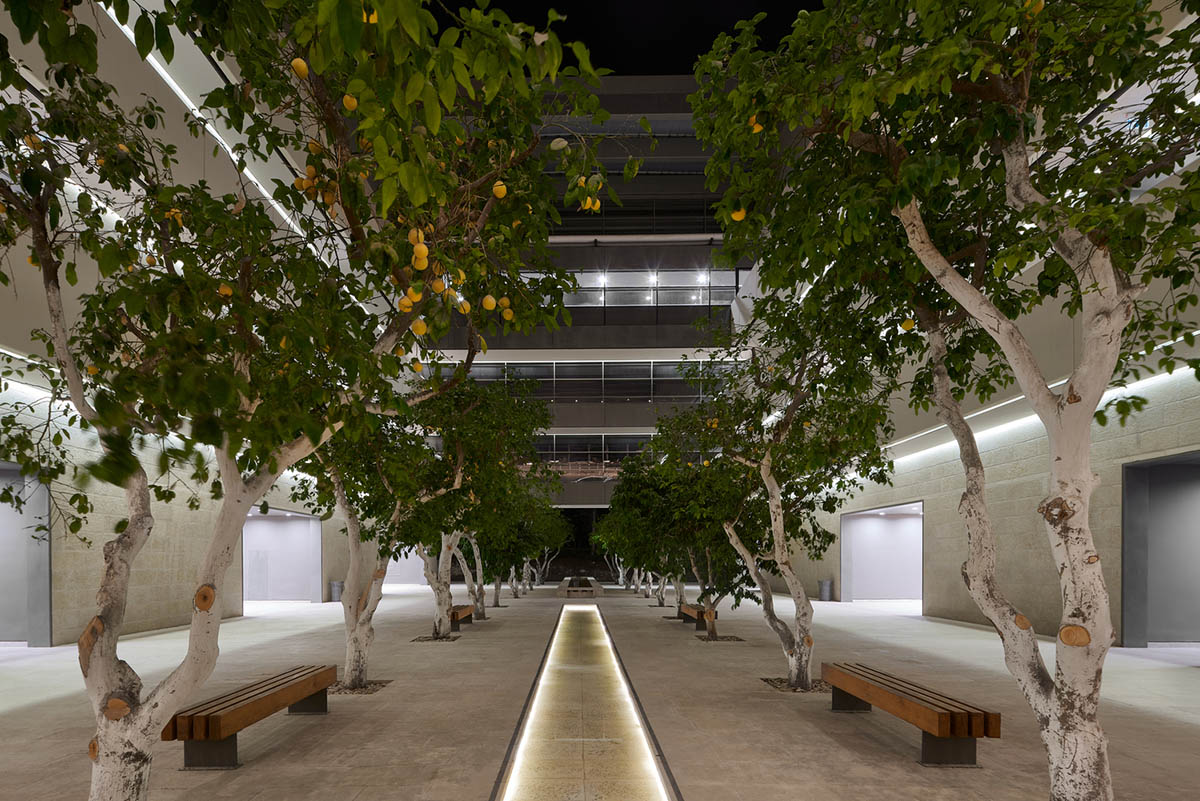
All images © Studio Harel Gilboa.
> via Foster + Partners
